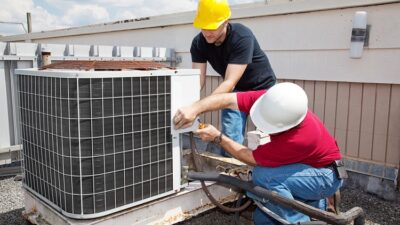Table of Contents
Introduction
According to Handy, transformer explosions aren’t too uncommon across the globe. You must have seen or heard one of them go boom at some point in your life. Oil leaks, sparks fly, and before you know it, the whole thing is on fire. Depending on the size of the transformers, you can either be severely injured or even killed in some cases.
What’s the role of an electric Transformer?
An electric transformer is responsible for transferring electrical energy from one circuit to another. Every transformer has a load capacity which determines a set amount of electricity it can safely transfer without damaging itself.
However, electrical spikes are not uncommon, and a sudden surge of unprecedented electricity can cause a transformer to explode. Though there is a failsafe which shuts down the transformer during an overload, it usually requires 60 milliseconds to kick in.
The electrical overload creates sparks which in turn ignites the fluid contained in the transformer, setting it fire and finally exploding like a napalm bomb.
Why does a transformer Explode?
If you dissect a transformer, you’ll find a chamber containing gallons of mineral oil. The purpose of the fluid is to keep the transformer fresh throughout its life cycle.
When the circuit overloads, the coolant is no longer able to maintain the optimal temperature. As a result, the course melts, and it falls as sparks. The mineral fluid catches fire once these sparks come in contact with it, creating a massive explosion.
Common Reasons Leading to Transformer Explosions
Here are a few scenarios that can lead to a transformer explosion:
- Poor insulation in between turns due to manufacturing defect, water damage, long term exposure to overloads, obstruction in the coolant (oil) flow and mechanical movement in between turns.
- Insulation failure due to the presence of water or sludge in the oil or in between insulation tanks.
- Partial discharges due to cavities left by incomplete oil impregnation. Broken brazing and high humidity in the paper are also chief causes for a transformer explosion, which can increase the heating from somewhere in between 100 degrees to 700 degrees.
- Thermal faults caused by poor connections due to badly bolted intersections.
- Formation of Eddy current which heats the magnetic core. This is mainly caused due to some malfunction in the magnetic core. The resultant circulating current formed in the tank and the core can heat the transformer to upwards of 700 degrees.
- Accumulation of combustible gases can cause the Diverter Switch to explode. The Switch is connected to the On-Load Tap Changer.
- Bad maintenance can also lead to explosions, such as poor mechanical contacts, loose springs in tap changing contacts and a fire formation in the vapor accumulating above the oil.
- Connections that aren’t tightened with locknuts and other improper lug connections become loose over time. If a large surge of current were to pass through these loose connections, the resulting sparks could ionize the chamber and cause an explosion.
Conclusion
Transformer explosions aren’t uncommon and potentially dangerous if you’re within the blast radius. Now that Handy has pointed out the chief reasons why transformers explode, hopefully, you’ll be able to take better care of them in future.















Comments